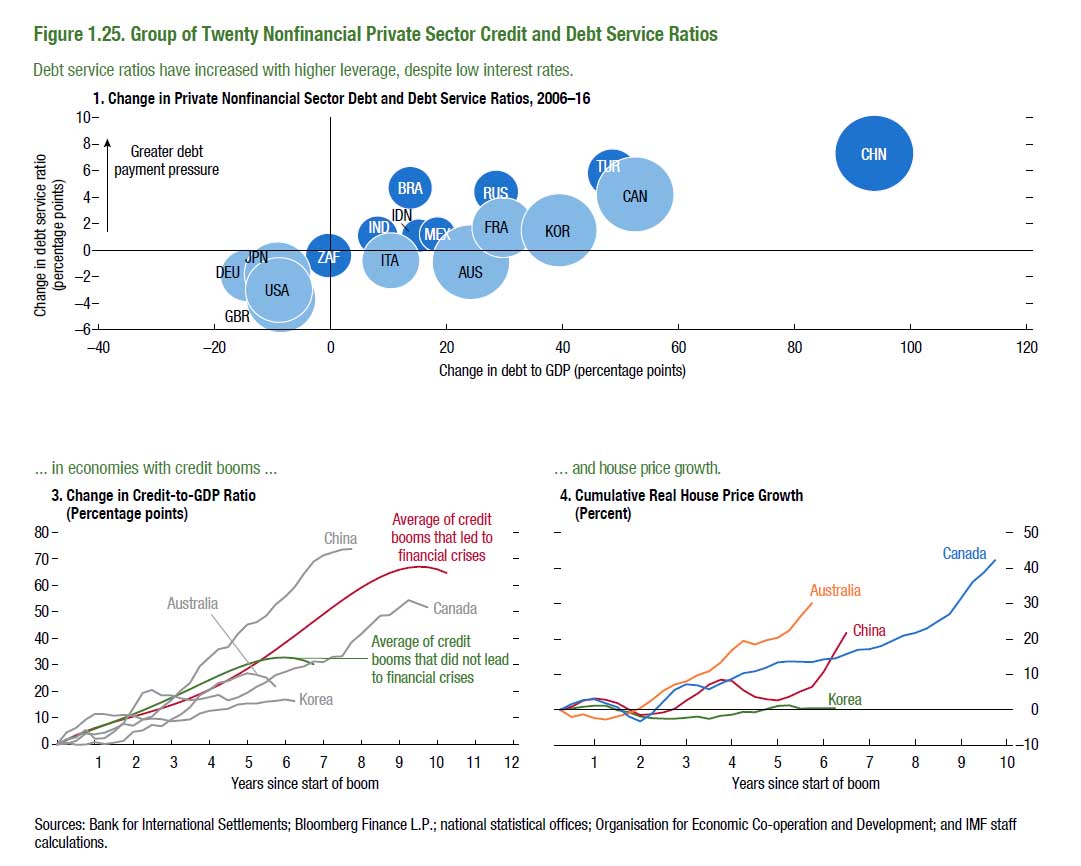The Loonie is tumbling and Canadian bonds rallying as the Bank of Canada backs away from its rate hiking plans in ‘surprise’ over the slowing Canadian economy.
Meanwhile a new report from the National Energy Board brings good news for the planet (that is bad for Canadian GDP in the short and medium run). See: Canada’s demand for fossil fuels will max out in 2 years: NEB
The National Energy Board says Canada’s addiction to fossil fuels will peak in two years…The board’s annual energy futures report for the first time says with climate change policies and growth in clean energy, Canada’s consumption of fossil fuels to run cars and heat homes will max out before 2020, start to decline slightly and then flatline over the next two decades. Here is a direct video link.
At the same time, the NEB says it thinks (hopes) that falling domestic oil demand will be offset by increasing oil exports, and thus not hurt Canadian GDP. This is unlikely.
In reality, it’s not just domestic demand that will peak much sooner than previously estimated. The trend towards higher efficiency, renewable energy and electric transportation, is global and only just getting started. In addition, new oil production technologies are enabling increased supply in most countries, including our historical oil export buyers.
Canada and other countries need to transition to products and services needed for the next phase of human evolution. We can, but to do so we will have to let go of status quo thinking and a fixation with sunk costs and antiquated business models.
 This day was always coming, but unfortunately Canada is woefully unprepared for the drop in income and the capital investment intensification needed.
This day was always coming, but unfortunately Canada is woefully unprepared for the drop in income and the capital investment intensification needed.
As shown on the left, average wage growth (in red) has been declining through recent economic growth while spending has continued on credit.
Not only have we not saved for this rainy day, to the contrary, as shown in the charts below, of all the G20 countries, the Great White North has seen the largest leap in debt relative to our GDP, second only to China. Worse, we have grotesquely over-valued, now widely unaffordable housing to show for all our debt–surpassing even Australia and China.

The Bank of Canada, may well stop hiking rates here, but that won’t fix these issues. High indebtedness and low savings along with flat and falling incomes, will make it hard for Canadians to maintain spending and the investment now needed for the country’s future, even if interest rates stay low for years. This is the bed we have made over two decades of bad financial choices. Best to admit mistakes and get to work now on the clean up phase.


